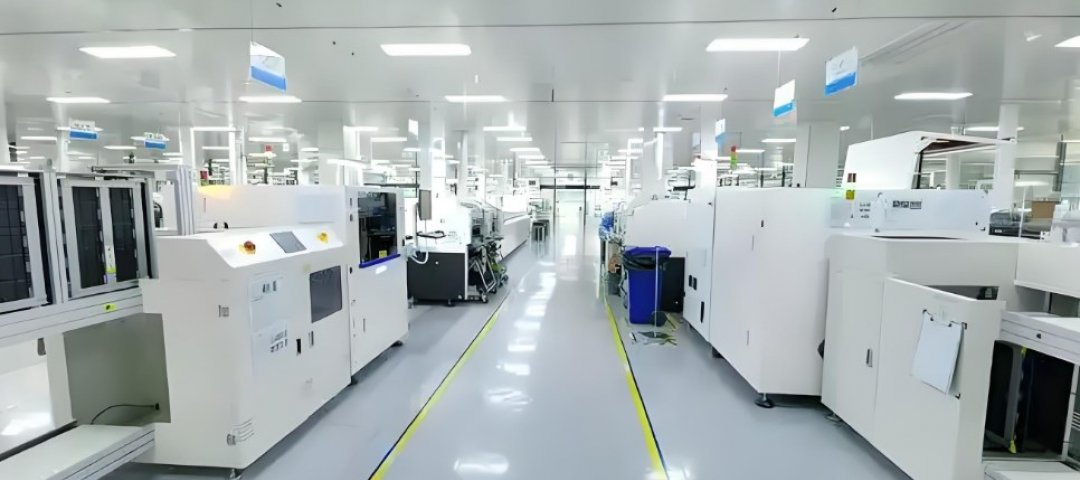The Hidden Lifespan Killer: How Solder Temperature Dictates Your PCBA's Fate
Ever wonder why some electronics seem to chug a

In any PCBA (Printed Circuit Board Assembly), solder joints play a crucial role—they serve not only as electrical connections between components and the circuit board but also as physical supports. It is no exaggeration to say that soldering quality is the cornerstone of PCBA functionality and reliability. Soldering is one of the most core and critical processes in PCBA manufacturing, and its quality directly determines whether the PCBA can function properly. However, various factors during the soldering process can lead to defects, which are among the most common issues identified during PCBA testing. Therefore, in the PCBA testing system, the inspection and management of soldering quality are key to ensuring product quality.
Why does PCBA testing place such emphasis on soldering quality? This stems from the direct impact of soldering defects on PCBA performance and reliability:
Connection Failure (Cold Solder Joint/Open Circuit): Solder joints fail to form effective electrical connections, leading to circuit malfunction.
Unintended Connection (Solder Bridging/Short Circuit): Solder bridges form between different solder joints or traces, causing short circuits that may damage components or result in functional errors.
Poor Connection (Cold Solder/Insufficient Solder): Weak solder joints or excessive resistance can cause signal attenuation, unstable connections, or even fractures under vibration or temperature changes.
Internal Solder Defects (Voids): Particularly in solder balls of BGA packages, voids can compromise mechanical strength and thermal performance, creating hidden risks.
Reduced Reliability: Soldering defects are a primary cause of early PCBA failures or intermittent issues during operation.
Detecting these soldering defects is one of the primary objectives of PCBA testing. The quality of soldering is directly determined by the control level of the soldering process during PCBA manufacturing. Therefore, soldering quality inspection is integrated into multiple stages of PCBA testing.
To inspect soldering quality on PCBA, one or more of the following testing or inspection methods are typically employed:
Solder Paste Inspection (SPI): Conducted after solder paste printing but before component placement. SPI checks the volume, shape, position, and thickness of the solder paste. Since most soldering defects originate from poor solder paste printing, SPI is a critical first step in preventing soldering defects during PCBA manufacturing.
Automated Optical Inspection (AOI): Performed after reflow soldering. AOI uses high-speed cameras to capture PCBA images and employs algorithms to inspect solder joint appearance and component placement (e.g., polarity, position, missing components, or misalignment). It can detect issues like excessive/insufficient solder, bridging, or cold solder joints (sometimes manifested as abnormal solder joint morphology). AOI is an efficient method for batch inspection of soldering defects post-PCBA manufacturing.
X-ray Inspection: Essential for packages like BGA and QFN where solder joints are hidden beneath components. X-ray inspection can "see through" components to examine solder ball shape, internal voids, bridging, and pin soldering conditions. It offers unique advantages for detecting invisible soldering defects and is commonly used in high-reliability or complex PCBA manufacturing.
In-Circuit Test (ICT): Uses probes to contact test points on the PCBA to perform open/short circuit tests and measure electrical parameters of components. ICT effectively identifies shorts caused by solder bridging and opens caused by cold solder joints or missing solder. It electrically verifies the correctness of connections resulting from PCBA manufacturing.
Functional Test (FCT): Validates PCBA functionality by simulating real-world operating conditions and input signals. Some cold solder joints or poor connections may appear normal under static or room-temperature testing but manifest as intermittent failures or malfunctions during FCT under power, heat, or vibration. FCT helps uncover such latent functional issues caused by soldering quality.
Manual Visual Inspection: Although less efficient and subject to human factors, experienced inspectors can still identify certain soldering defects in critical or complex areas, serving as a supplement to automated inspections.
Detecting soldering quality issues is only the first step; effective management and continuous improvement are crucial to reducing recurrence:
Accurate Defect Recording and Classification: Establish a detailed defect database to document defect types, locations, quantities, and detection stages (AOI, X-ray, ICT, FCT, etc.). Proper classification aids subsequent analysis.
Standardized Rework and Retesting: Professionally rework detected soldering defects. The rework process must strictly follow specifications, using appropriate tools and materials to avoid secondary damage. Reworked PCBAs must be retested to confirm resolution and absence of new issues.
Root Cause Analysis (RCA): Conduct in-depth analysis of high-frequency or critical soldering defects to identify their true causes. This may involve solder paste printing parameters, pick-and-place machine accuracy, reflow temperature profiles, flux activity, pad design, PCB quality, or even operator compliance during PCBA manufacturing.
Process Control and Optimization: Based on RCA findings, adjust PCBA manufacturing parameters, maintain equipment, refine processes, and enhance training. For example, optimize reflow oven temperature profiles to reduce voids, improve stencil design for solder paste printing to address bridging or insufficient solder, or tighten AOI inspection criteria to improve defect detection rates.
Data Analysis and Feedback Loop: Leverage accumulated test and inspection data for trend analysis, yield statistics, and failure mode analysis. Timely feedback to R&D, design, and manufacturing engineering teams forms a closed-loop system for continuous improvement, addressing soldering quality issues at their source.
Soldering quality is the lifeline of PCBA reliability, and its rigorous inspection and management are central to the PCBA testing system. By employing SPI, AOI, X-ray, and other inspection methods at various stages of PCBA manufacturing, combined with ICT and FCT to validate electrical functionality, defects can be detected effectively. More importantly, root cause analysis of identified issues and feedback of data to the manufacturing process enable continuous improvement. Only by integrating advanced inspection technologies with scientific management methods can high-performance and highly reliable PCBA products be manufactured.